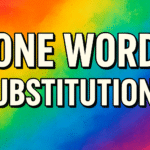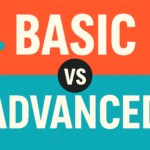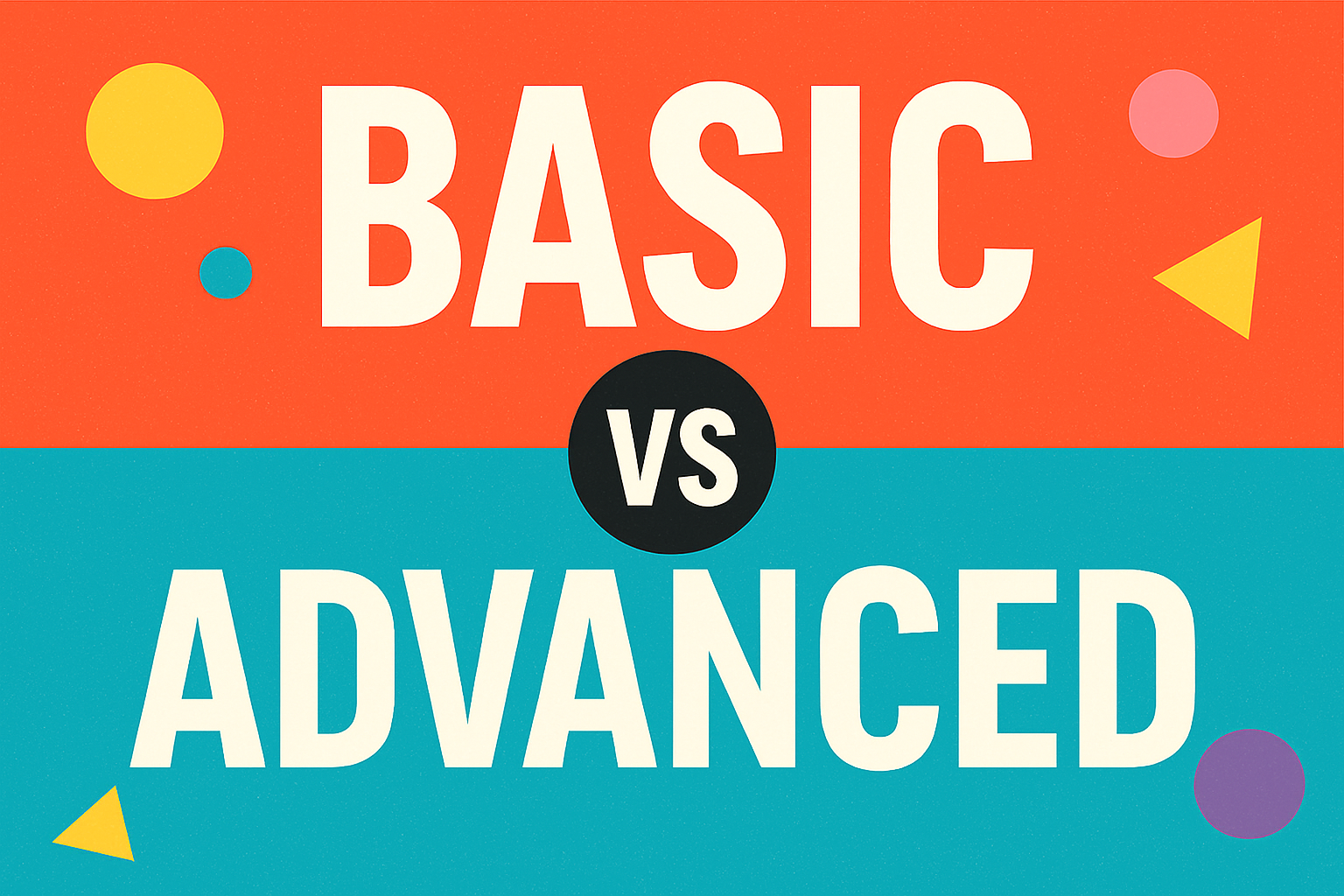What is a Preposition?
A preposition connects a noun or pronoun (the object of the preposition) to another part of the sentence, showing relationships like location (in the room), time (at 5 p.m.), or manner (with enthusiasm). The preposition, its object, and related words form a prepositional phrase.
Example:
- She walked to the park. (to is the preposition, the park is the object)
Types of Prepositions
Prepositions can be categorized based on their function or form. Here are the main types:
- Prepositions of Place Indicate location or position.
- Common examples: in, on, at, under, above, below, beside, behind, between, among, near, inside, outside.
- Examples:
- The book is on the table.
- They live in New York.
- The cat is under the chair.
- Prepositions of Time Show when something happens or the duration.
- Common examples: at, in, on, since, for, during, until, by, before, after.
- Examples:
- The meeting starts at 9 a.m.
- She has been working since morning.
- We’ll finish by Friday.
- Prepositions of Direction/Movement Indicate movement or direction toward something.
- Common examples: to, toward, into, onto, through, across, along, up, down.
- Examples:
- He walked to the store.
- The dog jumped onto the couch.
- They drove through the tunnel.
- Prepositions of Manner Describe how something is done.
- Common examples: with, by, in, like.
- Examples:
- She writes with a pen.
- He travels by train.
- She sings like an angel.
- Prepositions of Agent or Instrument Show who or what performs an action.
- Common examples: by, with.
- Examples:
- The book was written by Shakespeare.
- The door was opened with a key.
- Prepositions of Purpose or Reason Indicate why something happens.
- Common examples: for, because of, due to.
- Examples:
- She studied for the exam.
- The game was canceled because of rain.
- Compound Prepositions Consist of more than one word.
- Common examples: in front of, next to, on top of, out of, according to, because of.
- Examples:
- The car is parked in front of the house.
- According to the report, sales have increased.
- Phrasal Prepositions Prepositions combined with verbs to form phrasal verbs (e.g., look after, give up).
- Example:
- She looks after her younger brother.
- Example:
Rules for Using Prepositions
- Preposition Placement: Prepositions usually come before their objects, but in some cases (e.g., questions or informal speech), they can appear at the end.
- Example:
- This is the book about which I told you. (Formal)
- Who are you talking to? (Informal, preposition at end)
- Example:
- Prepositions with Specific Words: Certain verbs, adjectives, or nouns require specific prepositions.
- Examples:
- Interested in (not interested about)
- Depend on (not depend at)
- Afraid of (not afraid from)
- Examples:
- Avoid Overusing Prepositions: Don’t use unnecessary prepositions in sentences.
- Incorrect: She met with him at 5 p.m.
- Correct: She met him at 5 p.m.
- Prepositions in Idiomatic Expressions: Many prepositions form fixed expressions with specific meanings.
- Examples:
- On time (punctual)
- At risk (in danger)
- Examples:
- Prepositions with Dates and Times:
- Use at for specific times (at 7 p.m.).
- Use on for days and dates (on Monday, on July 4th).
- Use in for months, years, or periods (in June, in 2025).
Common Prepositions List
Here’s a list of frequently used prepositions:
- Single-word prepositions: about, above, across, after, against, along, among, around, at, before, behind, below, beneath, beside, between, beyond, by, down, during, except, for, from, in, inside, into, like, near, of, off, on, onto, out, outside, over, past, since, through, throughout, to, toward, under, underneath, until, up, upon, with, within, without.
- Compound prepositions: according to, ahead of, apart from, as of, because of, in addition to, in front of, in spite of, instead of, next to, on top of, out of.
Common Mistakes with Prepositions
- Incorrect Preposition Choice:
- Incorrect: She is good in math.
- Correct: She is good at math.
- Omitting Prepositions:
- Incorrect: I’m waiting my friend.
- Correct: I’m waiting for my friend.
- Using Prepositions Where None Are Needed:
- Incorrect: Where are you at?
- Correct: Where are you?
- Confusing Similar Prepositions:
- In vs. On:
- In the room (inside a space).
- On the table (on a surface).
- Between vs. Among:
- Between two people or things.
- Among three or more.
- In vs. On:
Prepositions in Different Contexts
- In Writing: Prepositions clarify relationships but should be used concisely to avoid wordiness.
- Example: Instead of “The meeting will take place at the office on Monday at 10 a.m.,” simplify where possible.
- In Phrasal Verbs: Prepositions change the meaning of verbs in phrasal verbs.
- Examples:
- Give up (quit).
- Give out (distribute).
- Examples:
- In Formal vs. Informal English:
- Formal: Avoid ending sentences with prepositions (To whom are you speaking?).
- Informal: Ending with prepositions is acceptable (Who are you talking to?).
Examples of Prepositions in Sentences
- Place: The keys are on the shelf.
- Time: We’ll meet after lunch.
- Direction: She ran into the house.
- Manner: He spoke with confidence.
- Purpose: I bought this for you.
- Compound: The dog is sleeping in front of the fireplace.
Tips for Learning Prepositions
- Memorize Common Pairings: Learn which prepositions go with specific verbs, adjectives, or nouns (e.g., interested in, depend on).
- Practice with Context: Use prepositions in sentences to understand their nuances.
- Read and Listen: Exposure to native English (books, movies, conversations) helps you see how prepositions are used naturally.
- Use Preposition Exercises: Practice with grammar exercises or quizzes to reinforce learning.
Advanced Notes
- Prepositions in Other Languages: Prepositions don’t always translate directly. For example, Spanish en can mean both in and on in English, depending on context.
- Prepositional Phrases as Modifiers: Prepositional phrases can act as adjectives or adverbs.
- Adjective: The man with the hat is my uncle. (Describes man)
- Adverb: She runs with speed. (Describes runs)
- Regional Variations: Preposition use can vary (e.g., American English: on the weekend; British English: at the weekend).
If you’d like specific examples, exercises, or a focus on a particular type of preposition, let me know! Additionally, if you want a chart (e.g., comparing prepositions of time and place), please confirm, and I can create one.






